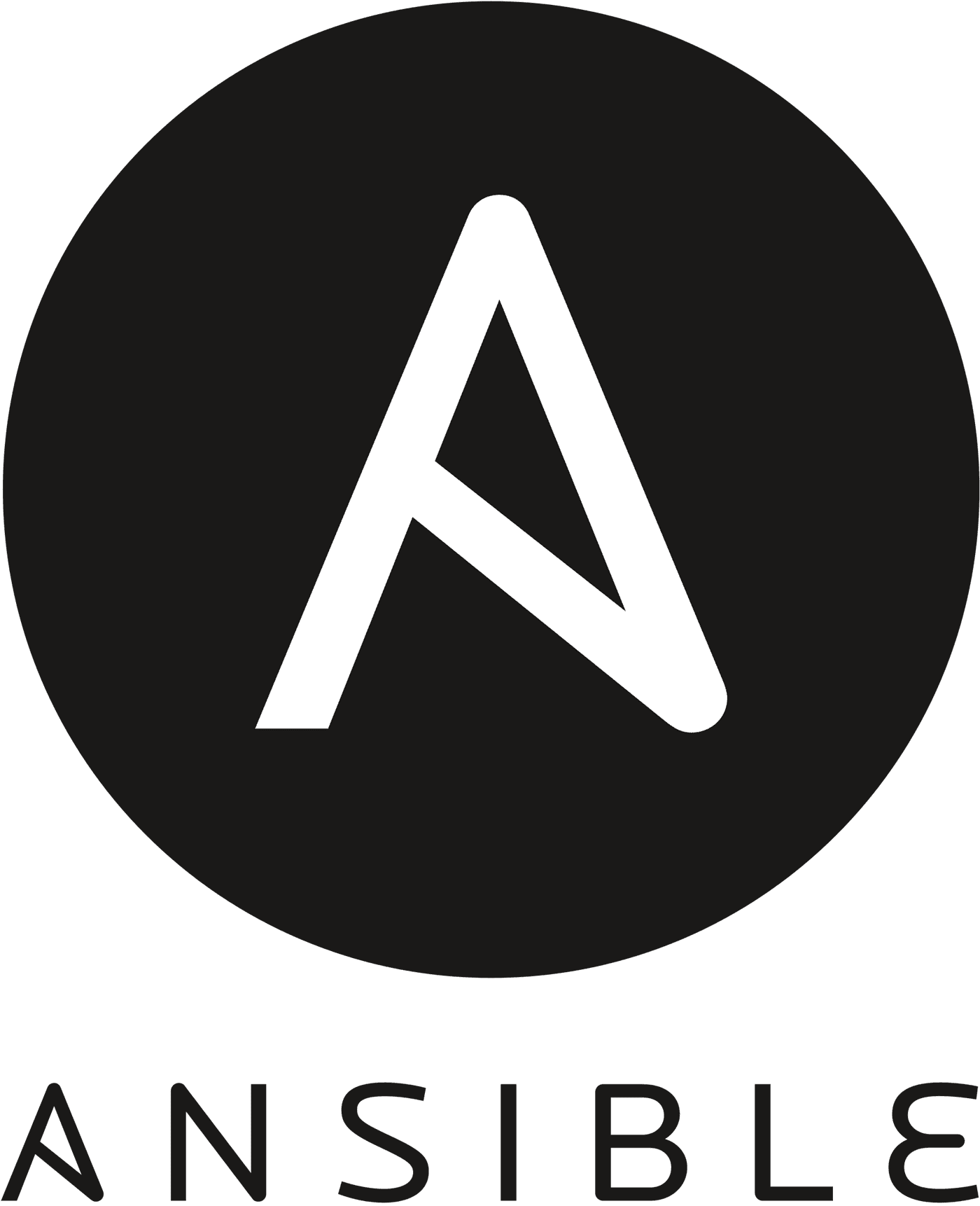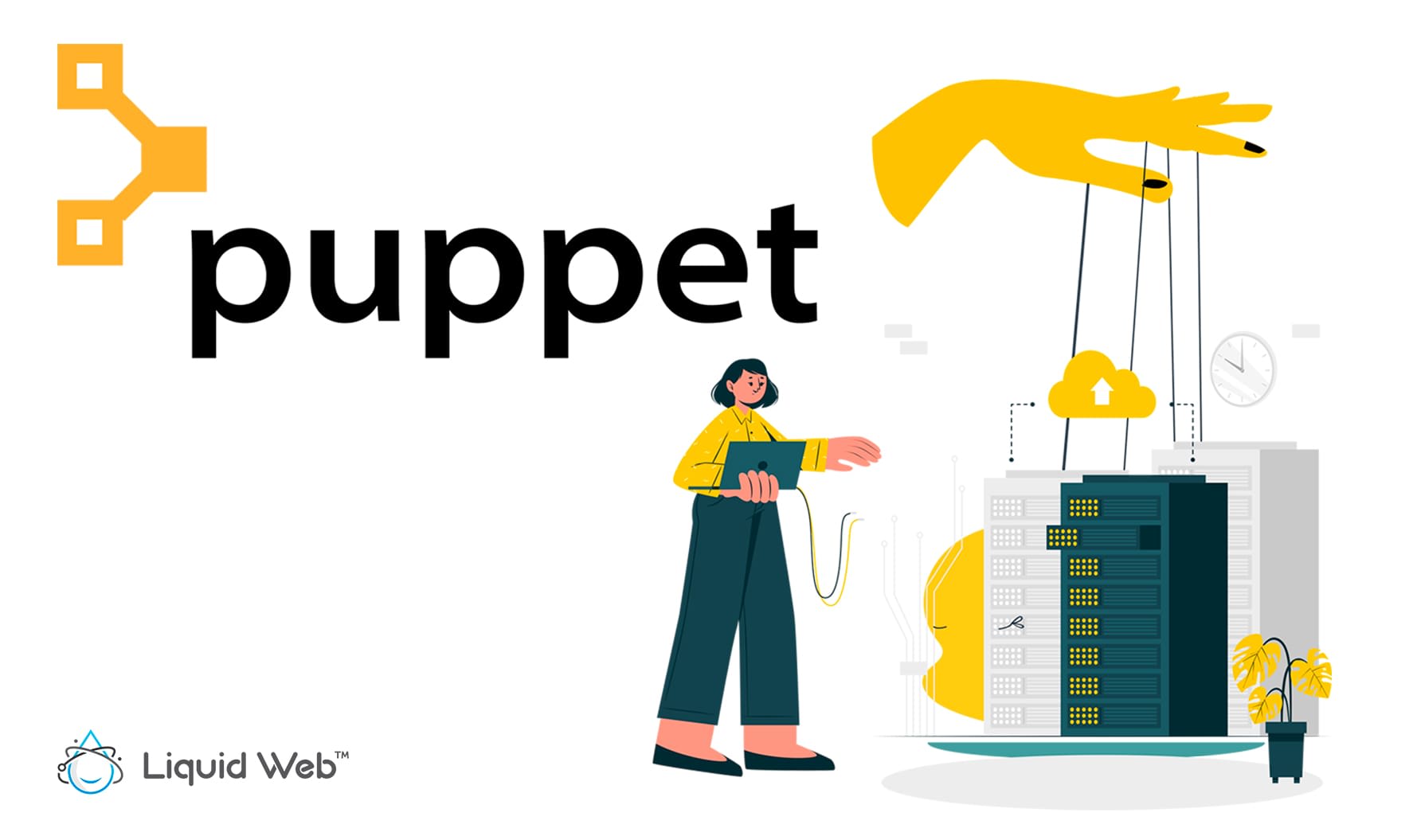Tag: DevOps
Ansible Setup: Configure Ansible for IT Automation via IaC

Whether you want to manage configurations of your on-premises or cloud hosted server, Ansible is one of the most reliable tools in its category. It is an open-source, cross-platform automation tool that has revolutionized how IT professionals manage their servers, offering streamlined workflows and improved productivity. As you ramp on this technology, be sure check our informative articles, What is Ansible and What Does it Do? and An Introduction to Ansible Playbooks.
What is GitOps?
If you're a web developer, you've most likely heard about Git, GitHub, DevOps, and GitOps. While DevOps and GitOps are similar approaches to improving the software development process, GitOps is the more modern pathway used today. As companies grow and their software teams expand, they must control their software development while improving efficiency and workflow. But, getting down to brass tacks, what is GitOps really? Let's uncover all that is involved with it.
How to Install Jenkins on AlmaLinux
Jenkins is an open-source continuous integration server. It is a tool for continuously compiling and testing software projects. In the field of Continuous Integration (CI), the concepts from CI are combined with those from Continuous Delivery (CD) — also known as Continuous Deployment — in the CI/CD pipeline. See our The Best DevOps Tools for Infrastructure Automation for more information about this growth area in advanced software development techniques.
What Is Puppet Software and How Do You Use It?

What is Puppet?
Puppet software is a configuration management system. It is used to bring hosts to the desired state and maintain it. The basic idea is to have one central server with all relevant information about machine configuration. Other servers periodically check in with the central server, download new configuration information, and apply it to their local systems.
What is Desktop-as-a-Service?

Introduction
As firms advance towards a more modern infrastructure, the Desktop-as-a-Service (DaaS) model is becoming an increasingly popular cloud-based system. Desktop-as-a-Service is a multi-tenant, cloud computing solution in which a service provider furnishes a virtual desktop to an end-user over the internet. A provider typically manages the infrastructure, including the security updates, available desktop applications, data storage, and backups. In specific instances, DaaS users manage these services individually. According to Gartner via Workspot:
How to Store Secrets in Kubernetes
What is a Secret?
A Kubernetes Secret is an object that enables us to store and manage sensitive information. A Secret can contain data like SSH keys, OAuth data, or other user authentication information like passwords. It is typically stored within a cluster in a manner native to Kubernetes. Using a Secret object provides more granular control over how highly sensitive data is used. It also lowers the risk of data exposure to unauthorized parties.
How to Install and Configure KubeKey
What is KubeKey?

KubeKey is the newest Kubernetes installer for KubeSphere. KubeSphere is a distributed OS management system for cloud-native applications using Kubernetes as its kernel. It provides a plug-and-play structure for seamless integration of many third-party applications. It is somewhat similar in nature to MiniKube for installing Kubernetes.
SaaS vs PaaS vs IaaS: What’s The Difference and How Do You Choose?
Moving an Internet business to a cloud platform has flourished and gained prominence in the current industrial climate. Three main types of cloud computing service models are Software-as-a-Service (SaaS), Platform-as-a-Service (PaaS), and Infrastructure-as-a-Service (IaaS).
Using Telepresence to Improve Microservice Development

What is Telepresence?
Initially developed by Datawire, Telepresence is a new open-source tool supported by the CNCF (Cloud Native Computing Foundation). It allows developers to run local software while connected to a remote Kubernetes cluster. The application uses a two-way network proxy to simulate TCP connections, environmental variables, and other volumes of services as local processes. This link allows for remote work to be accomplished while seemingly local to the cluster via the proxied connection.
A Beginner’s Guide to Chef on CentOS 8
What is Chef?

Chef is an open-source configuration management DevOps tool used for configuration and management of multiple systems in infrastructure. Using Chef, we can use so-called recipes and cookbooks to automate and speed up managing multiple systems in our environment. By using Chef, we can adjust every system in our environment to our desired state, which we defined using the code in recipes. In the process, code is continuously tested and deployed using Chef.
Our Sales and Support teams are available 24 hours by phone or e-mail to assist.

